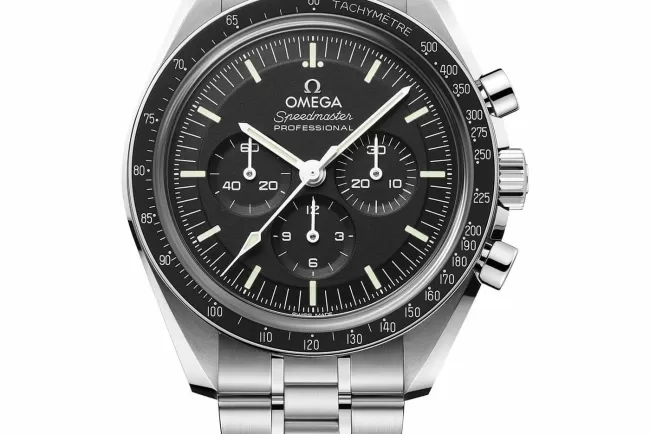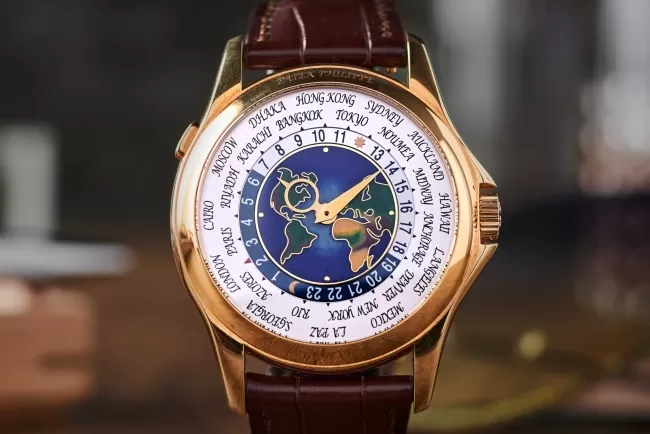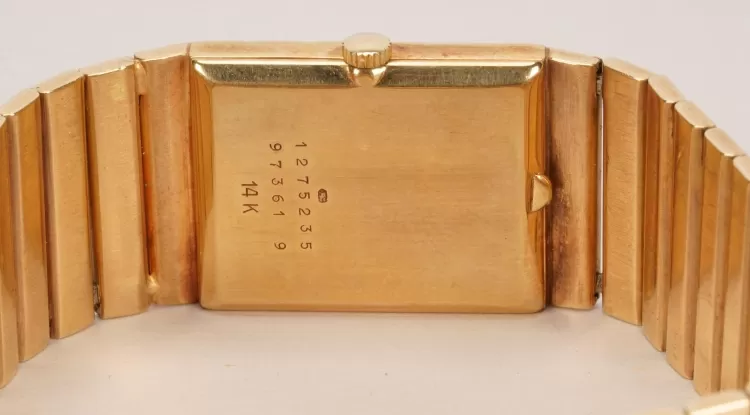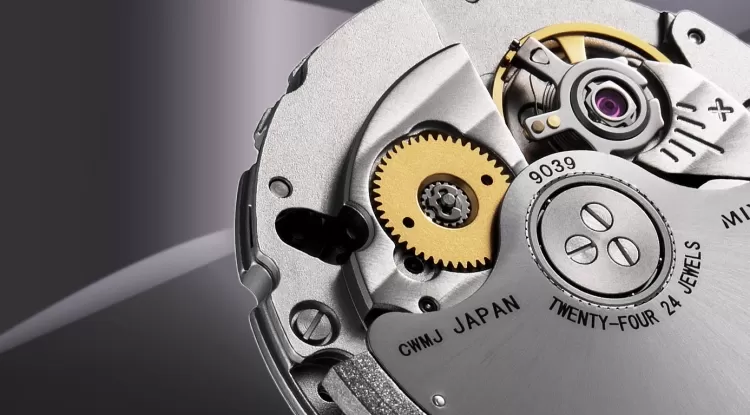Seiko's Quartz Revolution: How It Changed the Watch Industry
Discover how Seiko's groundbreaking quartz technology disrupted the traditional Swiss watchmaking industry and changed the future of timekeeping forever.
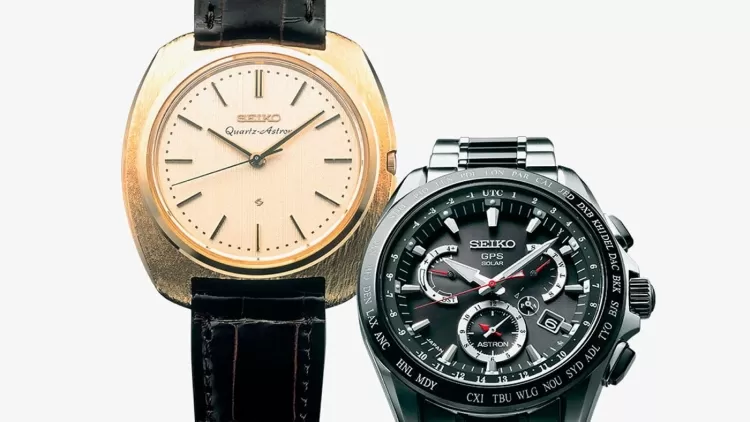
In the mid-20th century, the global watch industry witnessed a groundbreaking transformation thanks to Japanese brand Seiko. With the release of the Seiko Astron in 1969, the world's first commercially available quartz wristwatch, a technological shift began that would challenge traditional mechanical watchmaking and alter the course of horology forever.
Understanding Quartz Technology
Quartz watches use the oscillation of a quartz crystal powered by a battery to keep time. When voltage is applied, the crystal vibrates at a precise frequency—32,768 times per second—providing an incredibly stable time base. Unlike mechanical watches, quartz movements contain fewer moving parts, making them more affordable, durable, and exceptionally accurate. While a high-end mechanical watch might gain or lose 5 to 10 seconds per day, a standard quartz watch might deviate by only 15 seconds per month.
The Launch of Seiko Astron
On December 25, 1969, Seiko introduced the Astron 35SQ, a gold-colored wristwatch featuring cutting-edge quartz movement technology. Though it initially cost as much as a small car in Japan, its debut marked a significant milestone: the first successful mass production of an electronic timekeeping device in wristwatch form. The Astron offered unprecedented accuracy and quickly sparked a race toward quartz adoption among global competitors.
The Impact on Swiss Watchmaking
Switzerland, long regarded as the capital of fine mechanical watchmaking, was hit hard by Seiko's innovation. The 1970s and 1980s saw what became known as the Quartz Crisis, during which many traditional Swiss watchmakers either shut down or merged in response to declining demand. Consumers gravitated toward the affordability and accuracy of quartz watches, leaving handcrafted mechanical timepieces struggling to maintain relevance.
Democratizing Timekeeping
One of the most profound effects of Seiko's quartz revolution was the democratization of accurate timekeeping. Quartz technology enabled millions of people worldwide to own reliable watches at accessible prices. What was once a luxury item became a daily tool for the masses. This era shifted the perception of watches from exclusive luxury to everyday necessity.
Beyond Quartz: Seiko's Continued Innovation
Seiko didn’t stop at quartz. The brand went on to develop Kinetic technology, which charges a quartz movement using energy from the wearer’s wrist motion, and the Spring Drive, a unique hybrid combining mechanical energy with quartz accuracy. These innovations demonstrated Seiko’s commitment not only to affordability and precision but also to pioneering engineering that blended tradition with technology.
Legacy and Modern Reflections
Today, quartz watches remain dominant in the mainstream market, especially in sports, fashion, and digital segments. While luxury buyers often prefer the craftsmanship of mechanical watches, even premium brands now include quartz lines for their reliability and ease of use. Seiko’s quartz revolution forever changed the economics and culture of watchmaking, setting a precedent for innovation that endures.
Conclusion
Seiko's Quartz Revolution was more than a technological breakthrough—it was a paradigm shift. By introducing accessible, accurate, and dependable timekeeping to the masses, Seiko reshaped the global watch industry and forced even the most prestigious brands to rethink their place in a changing world. The ripples of that revolution still echo today, proving that true innovation can redefine even the oldest of traditions.
What's Your Reaction?








